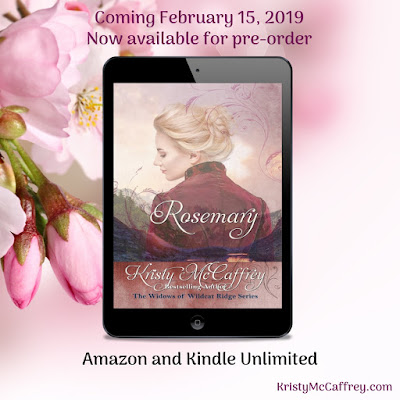By Kristy McCaffrey
Long before the westward expansion of the United States, the
Spanish were present. Markings on a canyon wall in central Utah consisting of a
cross symbol bear the date ‘1667’. Hieroglyphics and pictographs originally
thought to be placed by Native Americans are actually markers along the Spanish
Trail, which led from Mexico to the Uinta Mountains (in Utah) and beyond. This
trail was the main link between Mexican and Spanish outposts, and it’s posited
that they were religious outposts. The Spanish presence lasted well into the
1800’s, when packs of Mexicans were reportedly leaving the Uinta Mountains
laden with gold.
 |
| The Uinta Mountains of Utah. |
Until the 1800’s, the tales of the Spanish gold mines were the subject of Native American history, with few white men knowing of the mines. The Spaniards used the Native Americans as slave labor, and after many years of oppression it’s believed that they revolted and killed most of their Spanish captors. Supposedly the Native Americans returned the gold bullion to the earth and sealed it in the very mines from which it had come.
 |
| Thomas Rhoades |
Thomas Rhoades, a close assistant to Mormon Church leader
Brigham Young, was one of the first white men to fully understand the implications
of the Spanish mines. Young had become a religious mentor to a Ute Indian named
Chief Walkara, who spoke of a secret cache of gold in the Uinta Mountains. The
chief agreed to give the gold to the church, and Rhoades was selected to
transport it to Salt Lake City.
Unfortunately, the Indians refused to remove the gold,
believing it to be cursed. But it was easy for Rhoades to transport since it
was already mined and left in bullion form. His first trip was said to have
lasted two weeks, yielding more than sixty pounds of pure gold. For several
years, Rhoades continued to transfer gold until, in 1887, he discovered
additional mines located off Indian ground. This spurred interest in the lost
Spanish gold mines, since it appeared there wasn’t just one mine to be found
but many.
Searching for the mines could be deadly. In the early years,
stories circulated of prospectors being shot and killed, often by Native
Americans protecting the sacred mines. Even as recently as 1990 there have been
reports of modern-day prospectors being fired upon as a warning by Native Americans
who protect the land near historic mining operations.
Old-timers in the Uinta Mountains have claimed there are
seven mines lined with pure gold that supplied the Aztecs, serving as the basis
for the seven golden cities of Cibola sought by early Spanish explorers.
In ROSEMARY, Book 11 of the Widows of Wildcat Ridge Series,
Rosemary goes in search of the fabled Floriana mine in the wilderness of the
Utah Territory in 1884. While The Floriana is a fictitious mine, I based it on tales
of the time.
Rosemary Brennan is recovering from the loss of her husband
five months prior in a devastating mine accident that took the lives of nearly
all the men in Wildcat Ridge. The mine owner, Mortimer Crane, has given the
widows an ultimatum—find husbands or he will evict them from their homes and
businesses. Desperate to keep the assay office that her deceased husband had
managed, she heads into the hills in search of an old Spanish mine called The
Floriana in the hope she can lay claim to a bonanza of gold.
Ex-U.S. Deputy Marshal Miles McGinty arrives in Wildcat
Ridge to pay his respects to Jack Brennan’s widow. He and Jack had a history,
and Miles is heartsick over the loss of the young man he had come to think of
as a brother. When he learns of Rosemary’s problems with the piggish Crane, he
will do anything to help her—even offering marriage. But when it becomes clear
that Crane knew of Jack’s criminal past and was blackmailing him over it, Miles
must decide whether to tell Rosemary the truth, because doing so may drive her
away. And to his surprise, Miles has fallen in love with his new wife.
A sweet romance set
in 1884 Utah Territory.
Available at Amazon
and in Kindle Unlimited.











